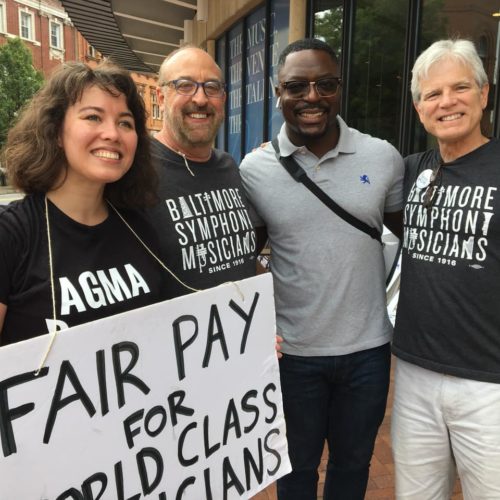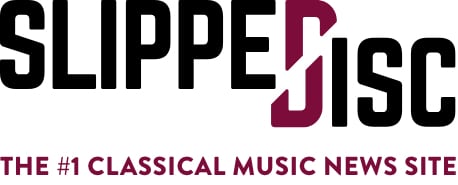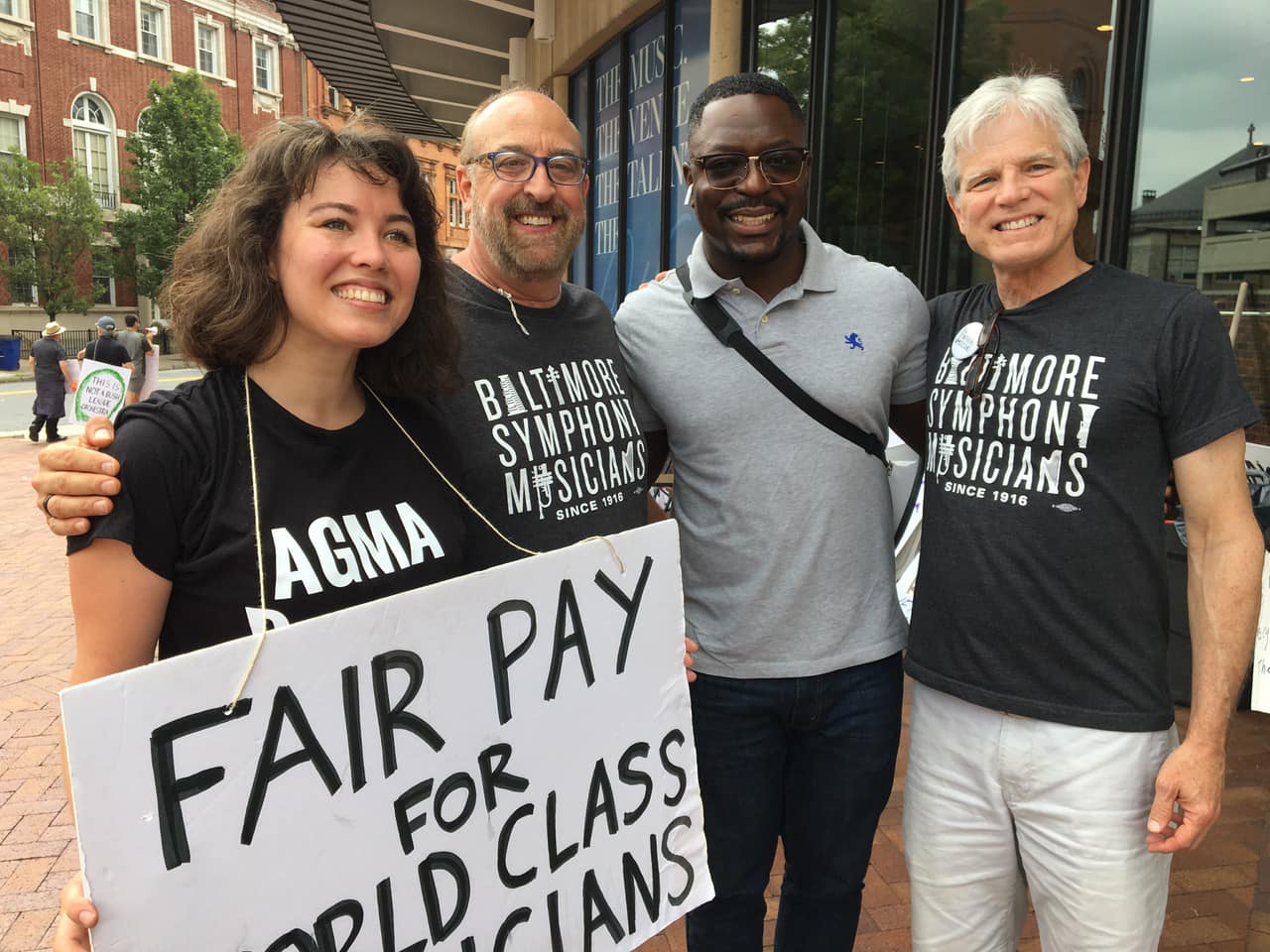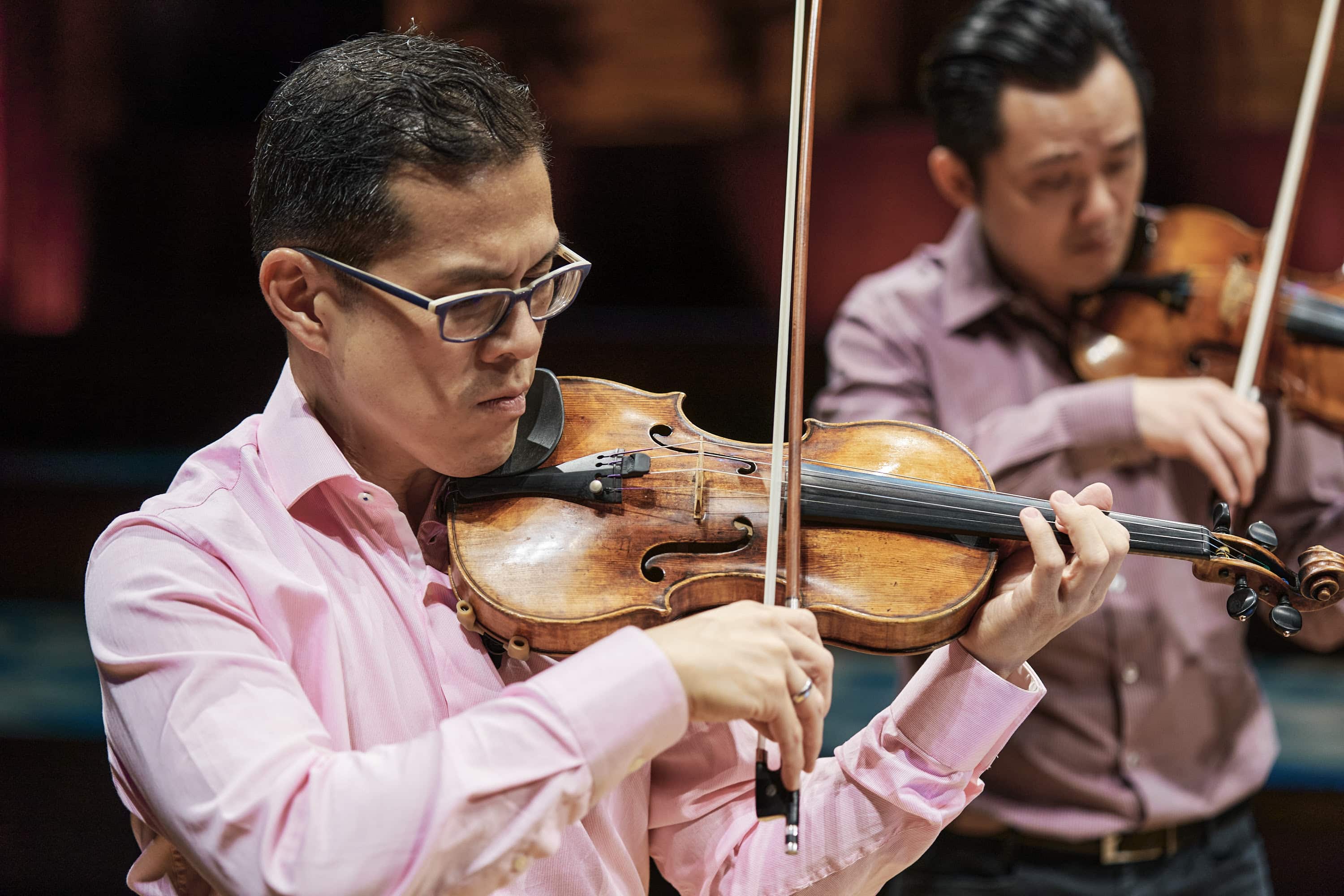It’s crunch week in Baltimore
mainThe orchestra has until February 23 to convince the Maryland General Assembly that it is returning to solvency.
The five points of its latest ‘grand plan’ do not ignite automatic confidence. They are (according to the Baltimore Sun):
– The issue of season length to be resolved in the next collective bargaining agreement. Negotiations to begin in March.
– High-profile concerts featuring as-yet unnamed international stars when the 2020-21 season is announced in early March. Next year’s season also is likely to feature mini-festivals organized around a specific theme. Under consideration: gospel and/or hip-hop festivals.
– This month, a wine bar that also sells a selection of food including hot paninis and warm desserts had a soft launch at Joseph Meyerhoff Symphony Hall. In the past, customers were limited to alcoholic beverages and soft drinks. Patrons who attend BSO concerts at The Music Center at Strathmore in North Bethesda already can dine at the Allegro Kitchen cafe located inside the venue. Expect other changes aimed at enhancing patrons’ experience.
– Beginning next season, the BSO will begin live-streaming at least some concerts — a practice adopted by other highly-ranked orchestras nationwide from Los Angeles to Detroit to New York. Live-streaming makes “BSO performances accessible to audiences around the world,” the release said. It also will potentially create new sources of revenue.
– The BSO will attempt to demonstrate its importance statewide by performing more concerts in rural areas of Maryland and in under-served communities. The BSO has begun a “Symphony in the City” series of four free concerts in Baltimore neighborhoods. The initial concert at the Baltimore Museum of Industry Jan. 15 was standing room only.

More here.






Comments